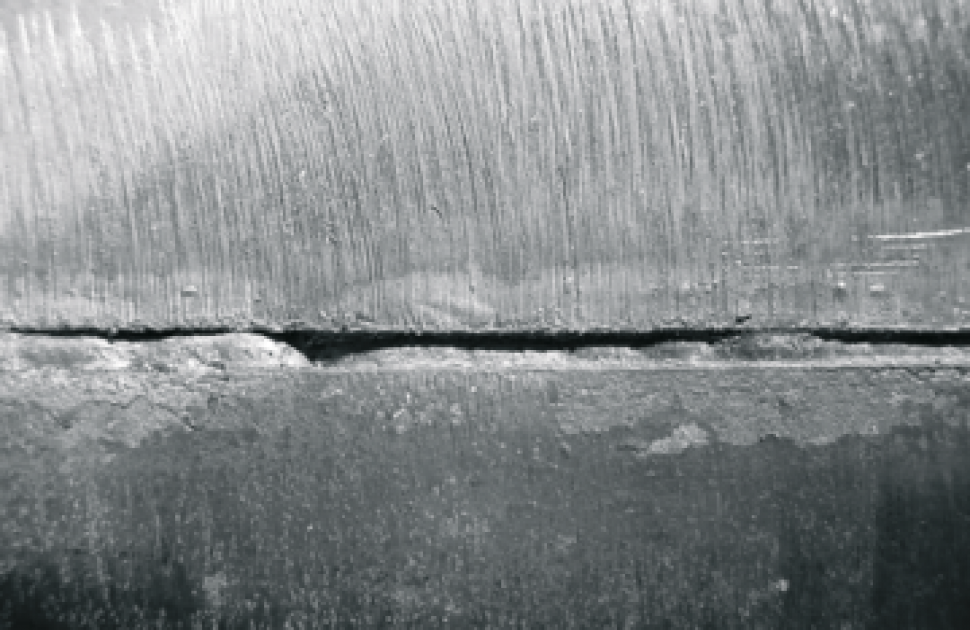Best Practices for Preventing Weld Undercut: Mastering the Fundamentals
Best Practices for Preventing Weld Undercut: Mastering the Fundamentals
Blog Article
Mastering the Art of Welding: How to Prevent Undercut Welding Issues for Flawless Construction Results
Effectiveness and precision are paramount in the world of welding, where even the least flaw can jeopardize the architectural stability of a fabricated piece. One usual challenge that welders face is damaging, a defect that can weaken a weld joint and lead to expensive rework. By comprehending the source of undercut welding and implementing effective techniques to stop it, welders can elevate their craft to new levels of quality (Preventing weld undercut). In the pursuit of remarkable construction outcomes, grasping the art of welding to prevent undercut concerns is not simply an ability yet a need for those striving for excellence in their job.
Recognizing Undercut Welding

To prevent undercut welding, welders should ensure proper welding parameters, such as readjusting the existing, voltage, travel rate, and preserving the appropriate electrode angle. By comprehending the reasons of undercut welding and implementing preventative actions, welders can achieve top quality, structurally sound welds.
Root Causes Of Undercut in Welding
Recognizing the factors that add to damage in welding is necessary for welders to generate premium, structurally sound welds. Undercutting takes place when the weld metal does not effectively load the groove created in between the base steel and the formerly deposited weld metal. Several variables can cause damage in welding. One typical reason is excessive warm input. Welding at high temperatures for prolonged periods can lead to the base steel thawing even more than preferred, resulting in undercut. Insufficient welding present or wrong welding speed can likewise add to damage. Insufficient current might not offer enough heat to melt the base and filler steels sufficiently, while extreme speed can protect against appropriate combination, causing undercut. In addition, incorrect electrode angles or incorrect torch control methods can produce locations of reduced weld steel deposition, promoting undercut. Recognizing these causes and executing proper welding techniques can assist prevent undercutting concerns, ensuring strong and sturdy welds.
Techniques to stop Undercutting

To reduce the danger of damaging in welding, welders can utilize tactical welding techniques focused on enhancing the quality and integrity of the weld joints. One effective method is to change the welding specifications, such as voltage, current, and travel rate, to ensure appropriate heat input and deposition. Maintaining an ideal electrode angle and making sure regular traveling speed can additionally aid avoid undercut. In addition, using the correct welding strategy for the specific joint setup, such as weave or stringer grains, can add to lowering damaging. Preventing weld undercut.
Moreover, proper joint prep work, consisting of making certain clean base materials totally free of impurities and utilizing the proper welding consumables, is important in avoiding undercut flaws. Utilizing back-step welding strategies and regulating the weld grain profile can also aid distribute warmth evenly and reduce the threat of undercut. Normal examination of the weld joint throughout and after welding, along with implementing quality assurance procedures, can assist in identifying and dealing with damaging concerns immediately. By applying these techniques diligently, welders can accomplish perfect fabrication results with marginal undercut problems.
Value of Proper Welding Specifications
Picking and maintaining ideal welding specifications is necessary for accomplishing effective welds with very little problems. Welding criteria describe variables such as voltage, present, travel speed, electrode angle, and securing gas circulation rate that straight influence the welding process. These specifications need to be thoroughly readjusted based upon the sort of material being bonded, its thickness, and the welding strategy employed.
Proper welding specifications ensure the ideal quantity of heat is related my link to melt the base metals and filler material uniformly. If the parameters are established as well high, it can cause extreme heat input, creating distortion, burn-through, or spatter. On the other hand, if the criteria are also low, insufficient combination, lack of infiltration, or undercutting might take place.
High Quality Assurance in Welding Workflow

Conclusion
In final thought, grasping the art of welding needs a detailed understanding of undercut welding, its reasons, and methods to go now avoid it. By making sure proper welding specifications and executing quality control techniques, remarkable construction results can be accomplished. It is crucial for welders to constantly make every effort for excellence in their welding procedures to avoid undercut problems and produce premium welds.
Undercut welding, a common issue in welding procedures, happens when the weld metal does not correctly fill up the groove and leaves a groove or depression along the bonded joint.To protect against undercut welding, welders need to make sure proper welding parameters, such as changing the current, voltage, traveling speed, and maintaining the proper electrode angle. Inadequate welding present or inaccurate welding rate can additionally contribute to damage.To reduce the risk of damaging in welding, welders can employ calculated welding strategies aimed at improving the quality and honesty of the weld joints.In final thought, grasping the art of welding requires an extensive understanding of undercut welding, its causes, and methods to stop it.
Report this page